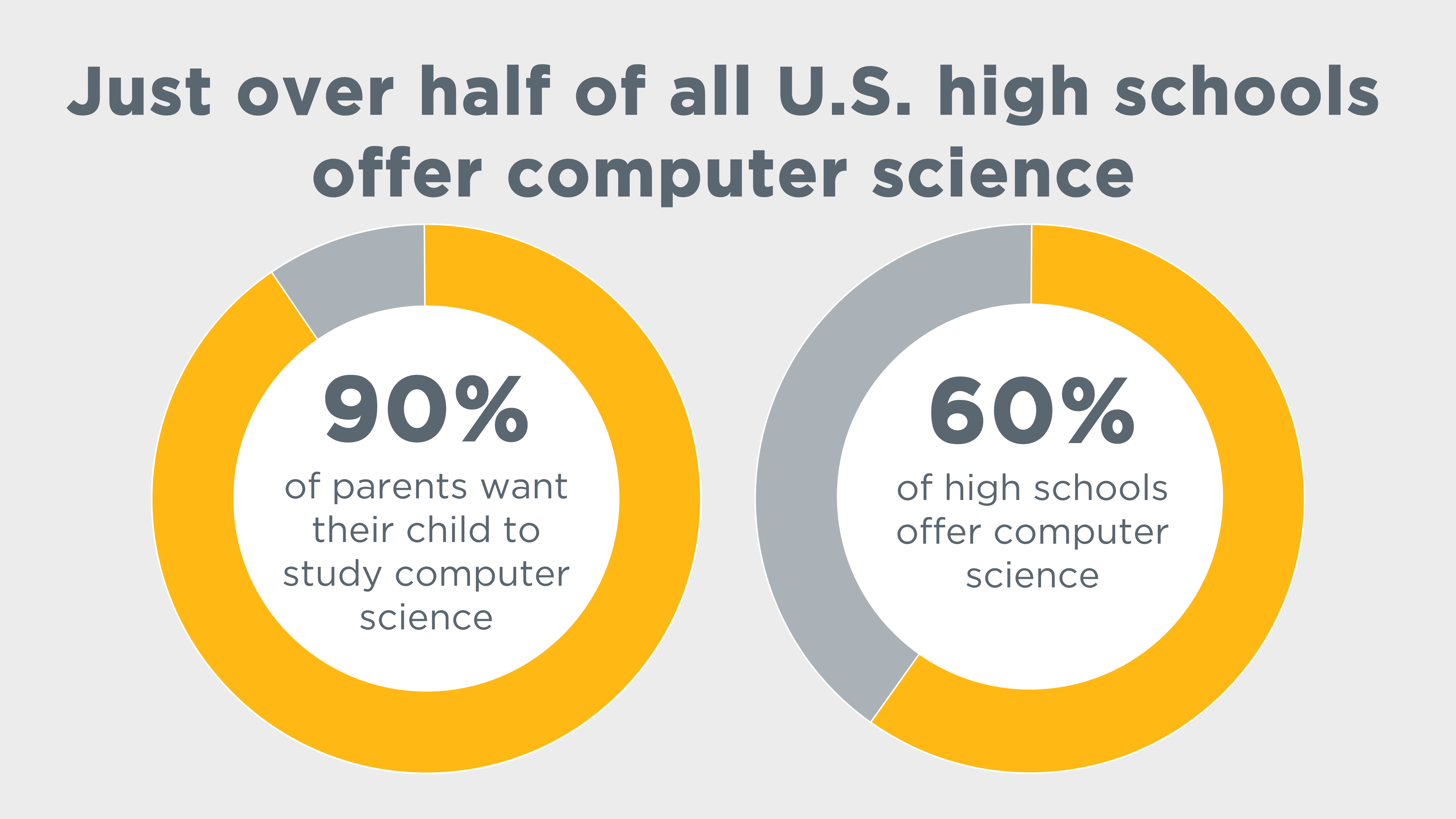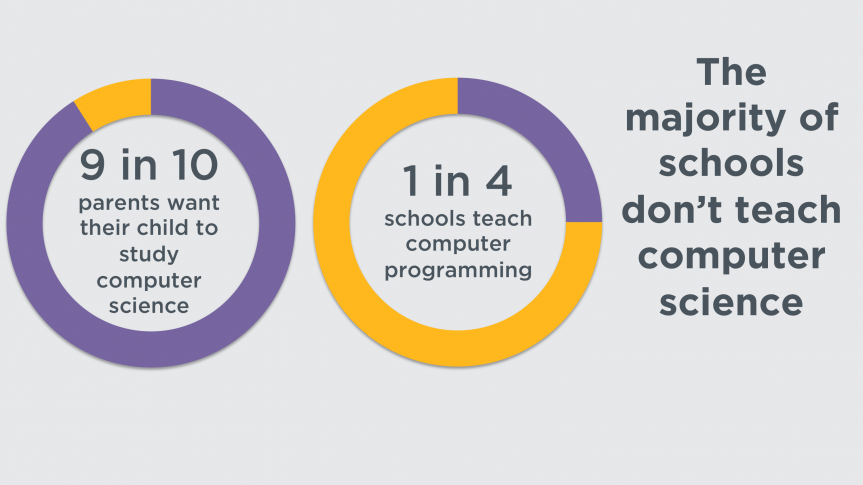--Originally published at Coding The Future
Hey everyone! I know it's been a while since I last posted, but guess what? I'm in the middle of first-term partials.
Partials in almost any university mean long hours of reviewing content and doing exercises over and over until mastering every possible math problem.
However, in the mist of exam-time chaos, ideas seem to come to me more often than usual, but obviously I cannot currently work on these genius ideas due to obvious reasons. So today, I decided to take a brief break from stuDYING and from Python to talk to you about something that really interests me: teaching kids how to code.
Coding is basically an essential ability now a days, and according to CODE.org only 1 in every 4 schools teach computer science, in the US alone! So, if we are speaking about the whole world, we are obviously talking about less than 1 in every 4, especially in developing countries. Why are kids learning biology, geography, or even math, and not programming, if they are all equally relevant?
 Source: CODE.org
Source: CODE.org
For this reason (and because my professor @Ken_Bauer was also talking about it in class) I have pledged to help kids in my community learn how to code.
Sometime right after exam time is over, I will be contacting my sister's elementary school to propose them a free coding course in the first week of December. I have chosen my sister's elementary for a particular reason: it's an girls-only school. It is no lie there is a lack of women in the tech industry, and that begins from a very early phase, because schools usually encourage girls to pursue other types of careers, especially in conservative countries like mine.
The awesomest part about it, is that I've got mayor companies backing me up Continue reading "SPREADING THE WORD – An initiative to teach kids to code"



